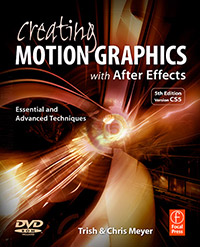Script was reveised from the E&T magazine, Volume 6 issue 12, JAN, 2012
At the nexus of design and journalism, the field of information graphics offers some of the most exciting and dynamic work for creatives. Today, even more so than static versions, animated information graphics are serving to communicate complex correlations succinctly. The production of such animations on the basis of up-to-the-minute data is already common practice in select TV programs. Now, these moving formats are finding wider application in television and on the internet, as well as on an increasing number of mobile devices, and in public places. They can be seen in editorial contexts and in the areas of advertising and corporate communication.
Thanks to current advances in hardware and software, the sky is the limit for the forms of animated infographics that can be created. But a wide range of technical possibilities does not always mean high quality in terms of content and presentation. Especially when conveying crucial or sensitive information, effective communication hinges upon the details of the execution. Consequently, those who work or want to work successfully with animated information graphics must be well versed in all available tools and formats.
Informotion is the first book to document the fundamentals needed to create compelling animated infographics and to explain them with numerous examples. It focuses on key aspects of visualizing data, current forms of information graphics, and future possibilities for moving images. The publication also outlines the factors that improve the viewer’s ability to absorb information.
Each book contains a unique log-in code for accessing a wide selection of animated information graphics as well as their making-of videos online. The interplay between the detailed descriptions in the print edition and the diverse motion material makes Informotion an essential reference for students and newcomers as well as a trusty guide for design and media professionals.







